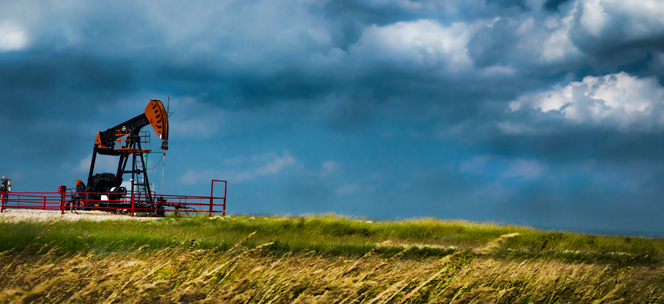
Back on track. That was the slogan for Saskatchewan’s last balanced budget in 2022.
Now in 2023, things are off the rails.
In March 2023, Finance Minister Donna Harpauer stood up in the legislature and announced Saskatchewan would have a $1 billion surplus in 2023-24.
Two balanced budgets in a row! That hadn’t happened since the three consecutive surpluses of 2012 to 2014.
The Riders last won a Grey Cup in 2013. That’s a lifetime ago in both football and budget terms.
Saskatchewan was truly back on track.
And now, eight months later, the government has turned the projected $1 billion surplus into a $250 million deficit.
What happened, Saskatchewan?
This deficit isn’t due to tax cuts, the government is expecting to rake in $414 million more in taxes than it projected when it presented the budget. In fact, the government of Saskatchewan was one of the only provinces to not provide any tax relief last year during budget season.
A drier growing season means the government is spending about $850 million more on crop insurance payouts. The government is also blaming a decrease in revenues on declining natural resource prices.
However, the government also plans to spend about $450 million more compared to the budget in other departments.
The government can’t pin the blame on spending it can’t control when it didn’t do anything about the spending it can control.
Those farmers who are receiving crop insurance payouts are cancelling their vacations to Mexico and switching to no-name ketchup for the rest of the year. They are not walking into the bank and taking out loans to buy brand-new equipment.
The government must show the same discipline.
Former premier Brad Wall dreamed of a debt-free Saskatchewan and every time the government fails to balance the budget that dream gets further and further away from reality.
When the government goes back into deficit, more taxpayer money is wasted on interest payments on the debt. Over the last five years, the government has spent $2.4 billion on interest payments on the debt. That’s enough money to cut the Provincial Sales Tax by one point for each of those five years.
This is extremely poor performance compared to Saskatchewan’s neighbours. The government of Alberta, who is also notoriously reliant on resource revenues, is now on track for five years of consecutive surpluses, while promising to lower income taxes.
The NDP government of Manitoba is cutting its gas tax to save drivers money, a move that will save families $500 over the course of a year. The Saskatchewan NDP is also calling for a gas tax cut.
While our neighbours get balanced budgets and tax relief, Saskatchewanians get nothing.
This is frustrating because Saskatchewan has all the makings of a fiscal powerhouse – it shouldn’t be in this position.
Saskatchewanians have the third highest average income in Canada, only beat out by Albertans and Ontarians. Saskatchewan’s unemployment rate is second lowest in the country – only Manitoba currently has fewer people looking for work. Saskatchewan also led the country in economic growth last year at six per cent.
A good, innovative, place for the government to start to solve this fiscal problem is to create a natural resources heritage fund to save and invest provincial resource revenues. If the government had started a heritage fund a decade ago, it would now contain more than $3.3 billion and generate $164 million every year in interest dividends.
With that interest revenue, the government would only have to find $86 million in savings, or less than half a per cent of total spending, to get back to balance this year.
Hindsight is always 20-20, but this just shows that the government needs to start moving on a heritage fund now, so it doesn’t waste another decade of opportunity.
Saskatchewanians are innovative and hard working and the economic stats say just as much. The government needs to learn from the people it leads and apply a little ingenuity and elbow grease to get the budget back to balance.




.jpg)

